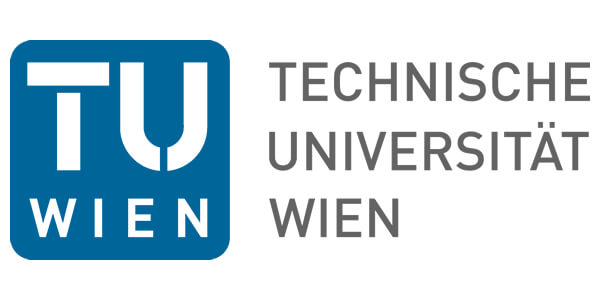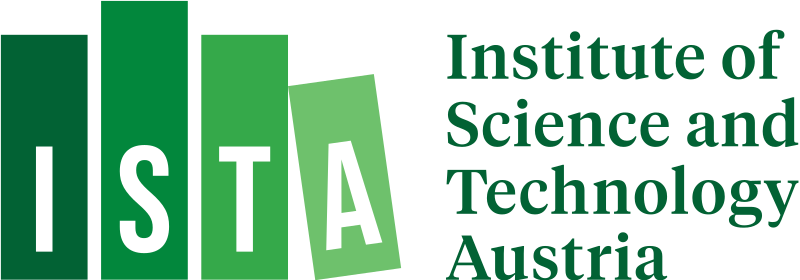Scaling-up quantum computers – the challenge
Today, superconducting quantum circuits are one of the most promising systems for quantum computing and first quantum processors with several tens of qubits are already available online. However, many of the envisioned real-world applications for quantum computers will require thousands, more likely millions of qubits. While such numbers still seem very small when compared to the number of transistors in regular computer, they still represent a severe technological challenge in the quantum world. Specifically, when working with superconducting circuits, a simple scaling-up of existing architectures is hindered by space limitations and other physical constraints, which mainly arise from the necessity of operating the quantum processor at millikelvin temperatures inside a closed dilution refrigerator. Therefore, the development of future quantum information processing systems will require a new approach for building and operating quantum devices in a fully scalable manner.
The technological vision behind the SuperQuLAN project
The SuperQuLAN project addresses the long-term goal of realizing large-scale Quantum Local Area Networks (QuLANs), where many individual superconducting quantum computing modules are linked by coherent quantum communication channels in a modular way. Through this approach, QuLANs can overcome the physical limitations of existing isolated quantum processors by simply integrating multiple processing and storage modules into a cluster of computing devises of increasing size. We envision that in the long run, such QuLANs will facilitate the distributed implementation of quantum algorithms on big quantum computing clusters, which may eventually be extended across buildings to realize metropolitan-scale quantum networks based on superconducting microwave technology.

The targeted breakthrough that our team has set out to for this project is to show that QuLANs are not just a visionary idea by demonstrating for the first time their basic operation principles prototype device.
To achieve this goal, the SuperQuLAN consortium is formed by an interdisciplinary team of experts in the fields of superconducting circuits, nanophotonics and quantum information theory. The complementary expertise of this consortium and a close collaboration with our industry partner Zurich Instruments makes this ambitious undertaking possible.
A cryogenic quantum link
Superconducting qubits must be operated at temperatures that are only a few hundreds of a degree above absolute zero, otherwise they lose their quantum properties. Such temperature can only be reached inside a dilution refrigerators where the quantum processor is highly isolated from the outside world. This means that, unlike their classical counterparts, quantum computers cannot be simply be connected through conventional cables.
One approach explored within SuperQuLAN is thus to connect separated quantum processors through cryogenic quantum links. This means that the connecting cable itself is cooled down to millikelvin temperatures such that even during transfer quantum states are protected from the “hot” environment and retain their coherence properties.

First steps towards this technology have been already demostrated by the group at ETH Zürich, in the longest-to-date link (5m) between separate cryostats. The group not only showed that the linked could be cooled sufficiently down, but they also confirmed that it acts as a viable quantum link between separate chips, as explained in this paper and in this talk of the Virtual March Meeting 2020.
Optical quantum links for superconducting circuits
In contrast to microwave signals, quantum information that is transmitted via optical photons is not affected by temperature since at those high frequencies thermal fluctuations, even without any cooling, are negligible. At the same time, photons in the telecom band can be transmitted through standard optical fibers over kilometer distances with only very little loss. This makes the use of optical photons for quantum communication applications much more practical. Yet, the quantum processors still operate in the microwave regime and there is no way to make them talk to the optical photons directly.
A second line of research in SuperQuLAN is thus focused on the development of so-called quantum transducers, which allow us to convert microwave into optical quantum signals and vice versa. Such a device has been developed over the past years by the group of Johannes Fink at IST Austria. This device relies on the electro-optical Pockels effect, which changes the resonance frequency of a high-quality optical resonator proportional to an applied microwave signal. The challenge that we address in this project is to reduce the residual noise in this device to much less than a single photon and to show that quantum properties such as superpositions and entanglement are preserved during the conversion process.

QuLAN algorithms for distributed quantum computing
Building large networks of interconnected quantum computing and quantum storage units will naturally require efficient quantum communication protocol and adapted algorithms that make optimal use of such a modular quantum computing cluster.
Thus, in SuperQuLAN we will also look a bit into the future and think about the question how to efficiently operate and make use of large-scale QuLANs. Our teams of theoretical physicists in Madrid, Munich, Vienna and Amsterdam are developing optimized strategies for maximizing the speed and fidelity of quantum state transfer protocols, new schemes for executing remote quantum gates as well as new quantum algorithms that explicitly make use of the modular architecture of the underlying hardware.

Project Partners:






